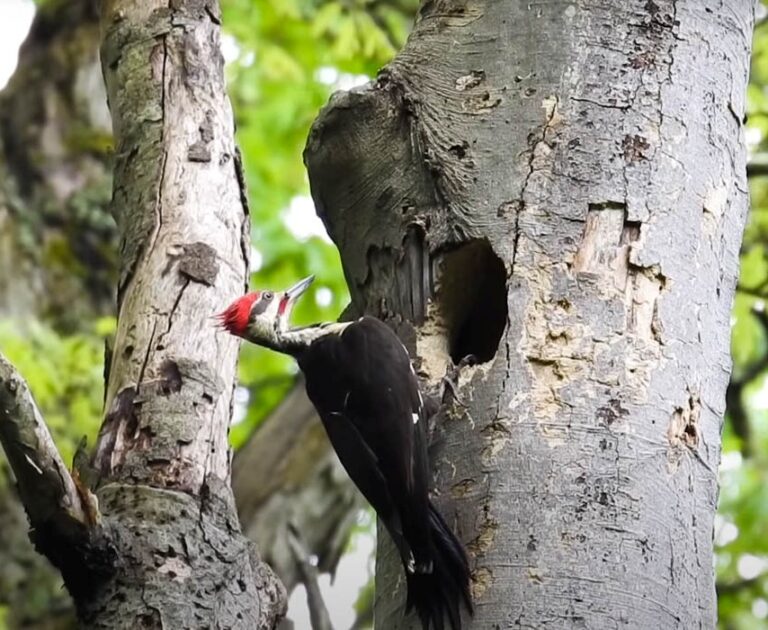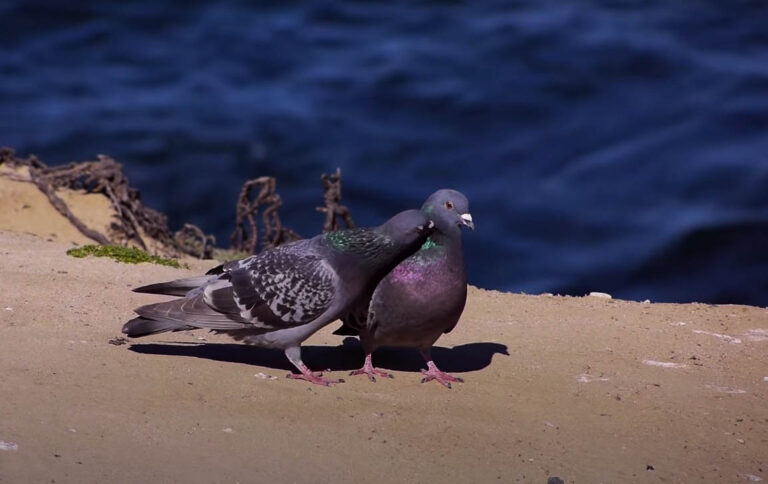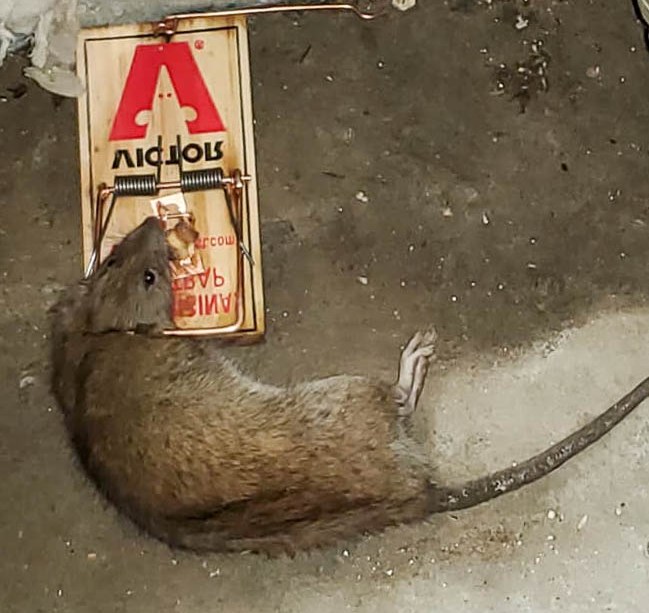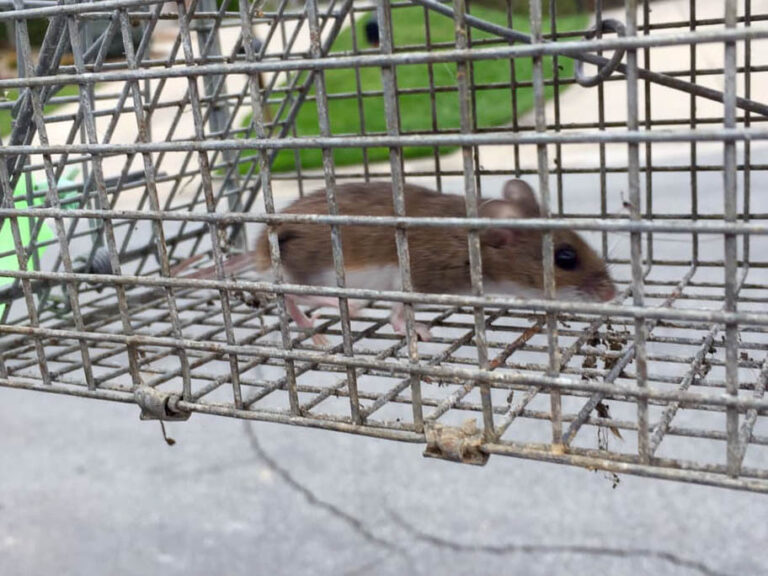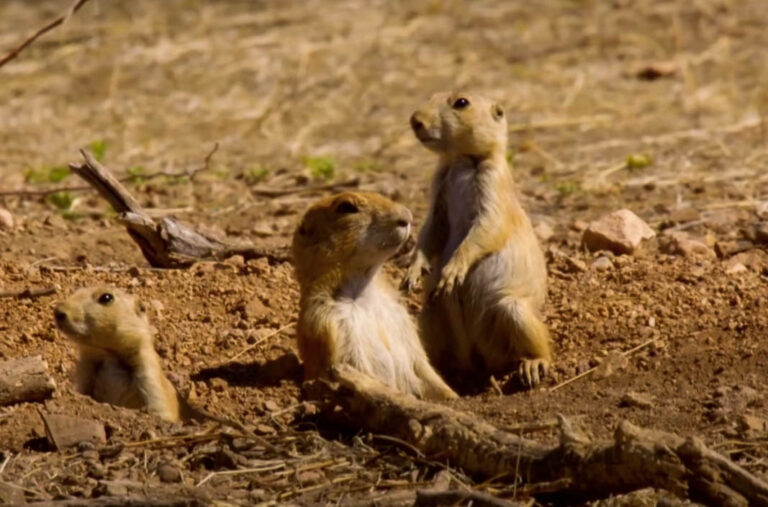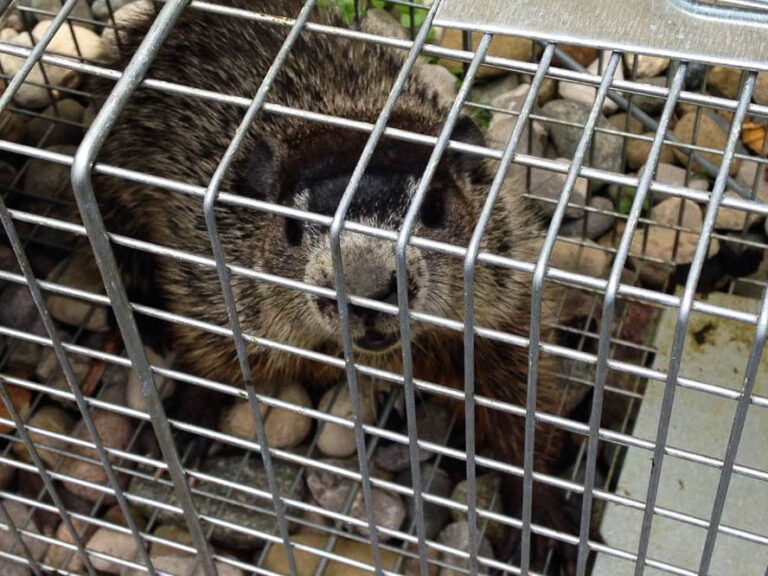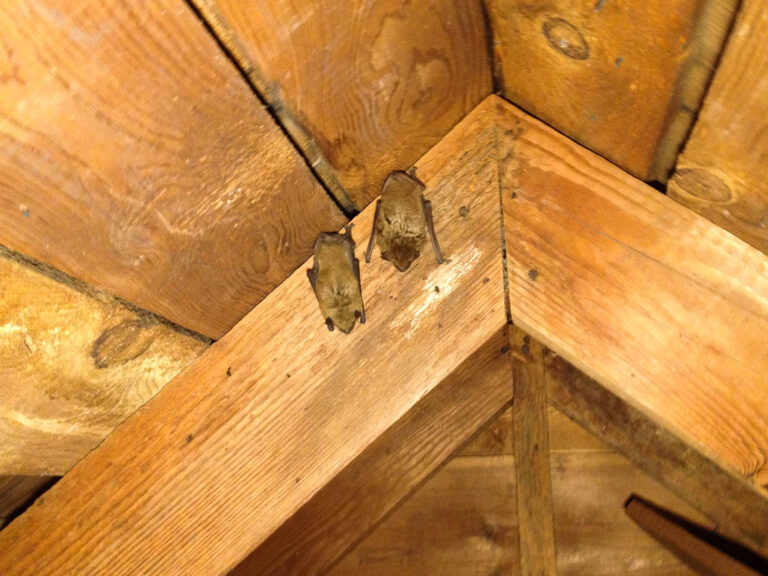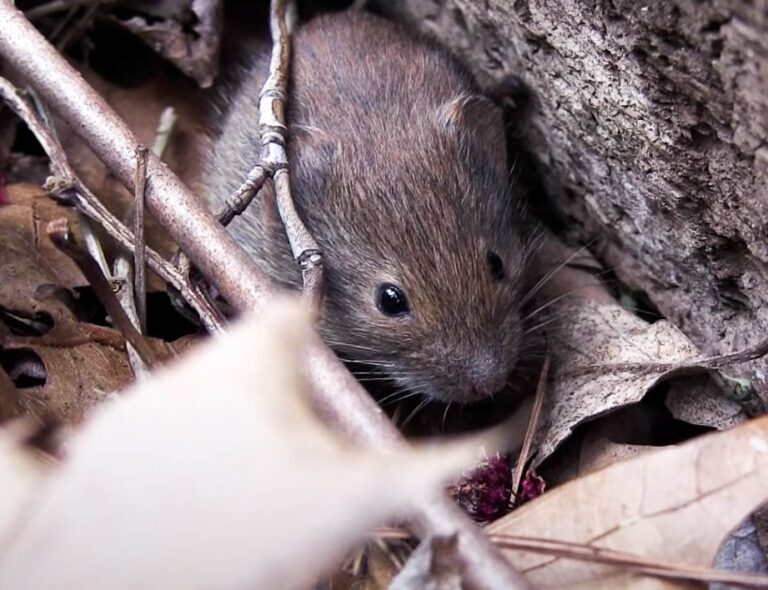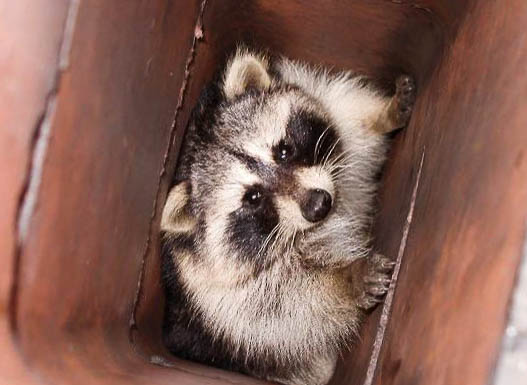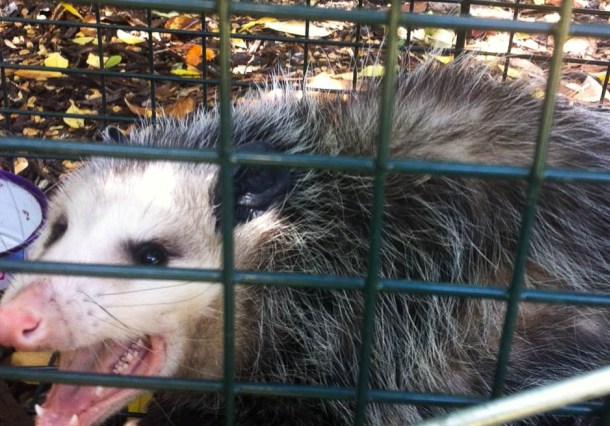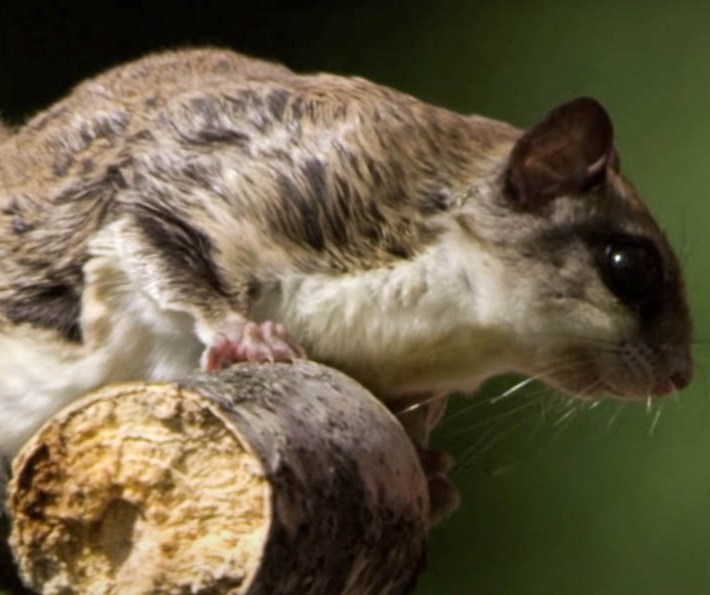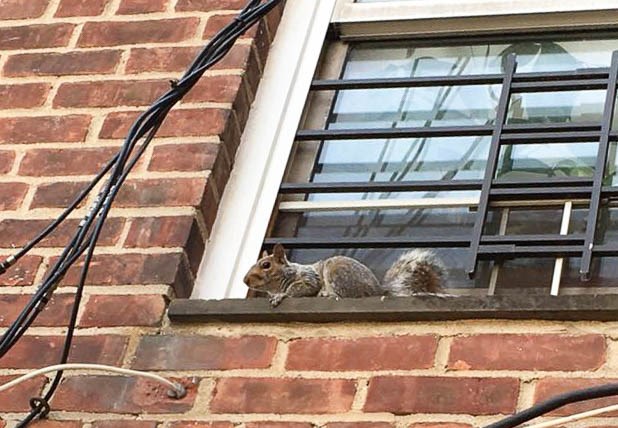About Voles
Appearance
Voles are active both in the day and at night. Peak activity is usually during dusk and dawn. Many species of voles swim excellently and even reach depths of 50 feet under the water. Voles live in colonies but can be monogamous or polygamous depending on some environmental conditions. Their population growth is exponential, increasing their population by the hundreds. They breed throughout the year and peak during spring and summer. Similar to some other rodents, male voles will contribute to the parenting of the pups. Male voles are very territorial but involve several female voles in their territory if possible.
Voles are primarily herbivores, feeding on grass, seeds, roots, bulbs, tubers, grain crops, and leaves of plants. However, they can feed on insects, snails, other smaller animals, and dead animals. However, voles will spend most of their time underground burrowing and creating complex tunnels.
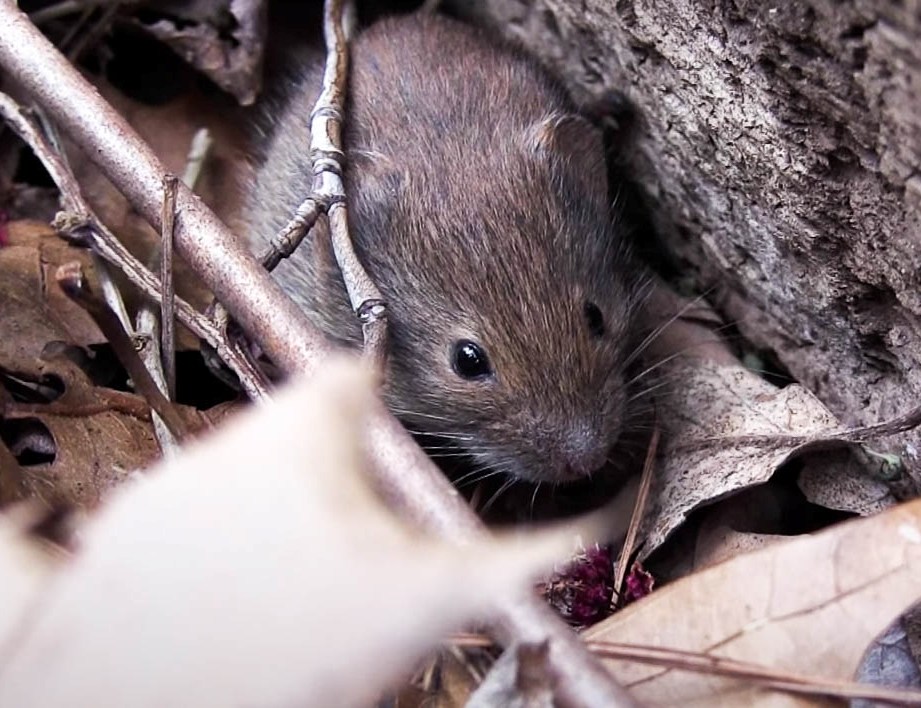
Habitat
Voles are typical in the northern hemisphere, found in places like North America, Europe, and Asia. The
home range of a vole colony can be as wide as a quarter of an acre. However, this range can vary with population density, habitat, food supply, and season.
Voles can thrive in almost all regions with a dense ground cover under any weather. Voles burrow the ground viciously, and that is where they hide food, seek protection, nest, and feed on vegetation. On ground surfaces, logs, or boards, voles make their nests with grass, to the shape of a globe 6-8 inches long. In winter, voles make temporal above-ground nests in deep snow, though it washes off with the melting of the snow. Some species of voles live in trees and are excellent climbers. You can find these species in forest regions.

Life Cycle
Voles have one of the shortest lifespans of rodents and mammals. It also means that they mature quickly. Voles breed throughout the year, and mating may include a 24-hour courtship period. They have a gestation period of 21 days, and the young are weaned by 21 days old. The females are already sexually mature within 35 to 40 days.
Voles can have between 1 and 5 litters a year. And have a litter size of 1 to 11, though between 3 and 6 usually survive. Voles in the wild live between 3 and 10 months, and a few live to 12 months. And even in captivity, they rarely live longer than 2 winters. Voles have a mortality rate of 88% and have a huge number of predators like raccoons, martens, owls, cats, snakes, lynxes, owls, foxes, and other animals.
Damages They Cause
Unlike other rodents, voles will hardly visit the inner house. However, their underground/covert activities make it difficult to identify the menace until the damage is done.
Destruction to lawns
Voles can burrow ferociously on the ground and destroy the beauty and growth of your lawn. Their round holes and underground tunnels they create are repulsive sights on lawns.
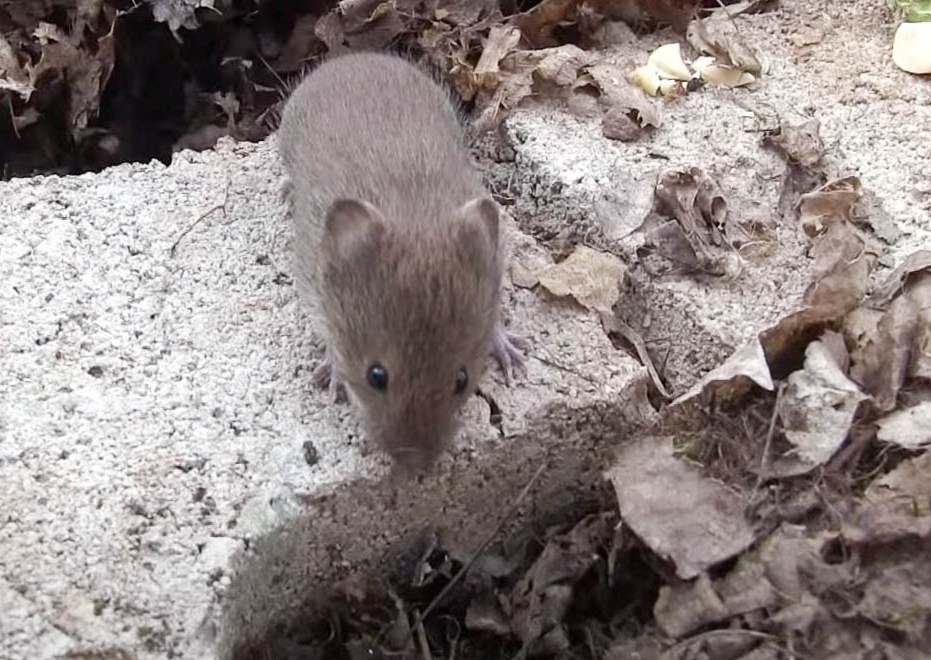
Destroy plants, orchards, and seeds
While underground, voles will consume the seeds, small roots, and girdle on large roots in your orchards. They will also chew off the bark from the base of trees, which will lead to the destruction of the crop.
Destroy farms/plantations
Voles, like other rodents, are farmer’s greatest pests. In their large colonies and burrowings, they can wreak havoc on large farmlands. The crops begin to yellow out and wither.
Carriers of parasites
Voles aren’t usually alone in their destruction; they are carriers of parasites such as lice, mites, fleas, and ticks, which can ultimately find a way into your home.
Voles can infest your building
On rare occasions, voles can also enter your building through small openings and wreak havoc on utilities, stored foods, and structures by girdling at them.


